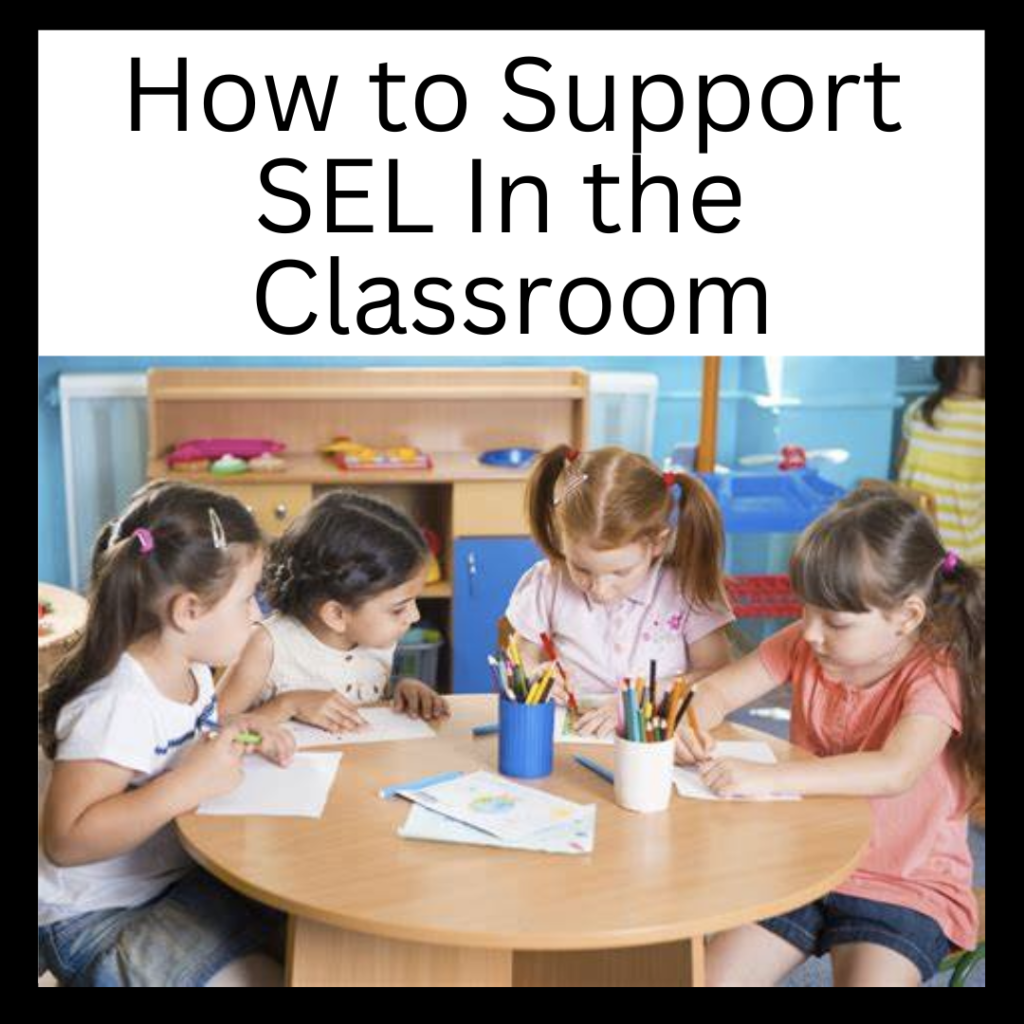In today’s classrooms, diversity is the norm rather than the exception. As educators, it’s our responsibility to create inclusive environments that cater to the varied needs of all students. Here are three effective strategies to support diverse learners:
1. Differentiated Instruction
Differentiated instruction is a teaching approach that tailors learning experiences to meet individual student needs. By varying content, process, and product based on learners’ readiness levels, interests, and learning profiles, teachers can engage all students more effectively. Below are three keys to start implementing it.
Assess Readiness:
Use formative assessments to understand where each student stands. This will help you group students according to their skill levels and adjust the complexity of tasks accordingly.
Flexible Grouping:
Organize students into dynamic groups for different activities. This encourages collaboration and allows students to learn from each other’s strengths.
Varied Assessments:
Offer multiple ways for students to demonstrate understanding—like projects, presentations, or written responses—allowing them to choose the format that best suits their strengths.
2. Culturally Responsive Teaching
Culturally responsive teaching (CRT) recognizes and honors students’ cultural backgrounds, making learning more relevant and engaging. Here’s how to incorporate CRT into your classroom:
Integrate Diverse Perspectives:
Include literature, history, and examples from various cultures in your curriculum. This not only enriches the content but also helps students see themselves reflected in what they’re learning.
Encourage Student Voice:
Create opportunities for students to share their own cultural experiences and perspectives. This could be through class discussions, projects, or sharing artifacts from their backgrounds.
Build Relationships:
Get to know your students and their families. Understanding their cultural contexts can help you foster a more inclusive environment and tailor your teaching strategies effectively.
3. Universal Design for Learning (UDL)
Universal Design for Learning is an educational framework that promotes flexible learning environments to accommodate individual learning differences. Katie Novak put it brilliantly when she described the difference between UDL and differentiation using a dinner party analogy. In summary, differentiation is when you prepare individual meals for each of your guests based on their needs and preferences. (You plan out the meal and give it each guest). UDL on the other hand would be like creating a large buffet and letting the guests take which food items works best for them. Here’s how to apply UDL principles:
Multiple Means of Engagement:
Provide various ways to motivate students. For example, incorporate technology, gamification, and real-world problem-solving to capture interest.
Multiple Means of Respresentation:
Present information in multiple formats—visual, auditory, and kinesthetic. This helps students access content in the way that works best for them.
Multiple Means of Action and Expression:
Allow students to demonstrate their understanding through different methods. This could be through traditional tests, creative projects, or oral presentations.
Supporting diverse learners requires a thoughtful and intentional approach. By implementing differentiated instruction, culturally responsive teaching, and Universal Design for Learning, educators can create inclusive classrooms where every student has the opportunity to thrive. Remember, fostering an environment that celebrates diversity not only enhances learning but also prepares students for a multicultural world.
Other posts you might like:



